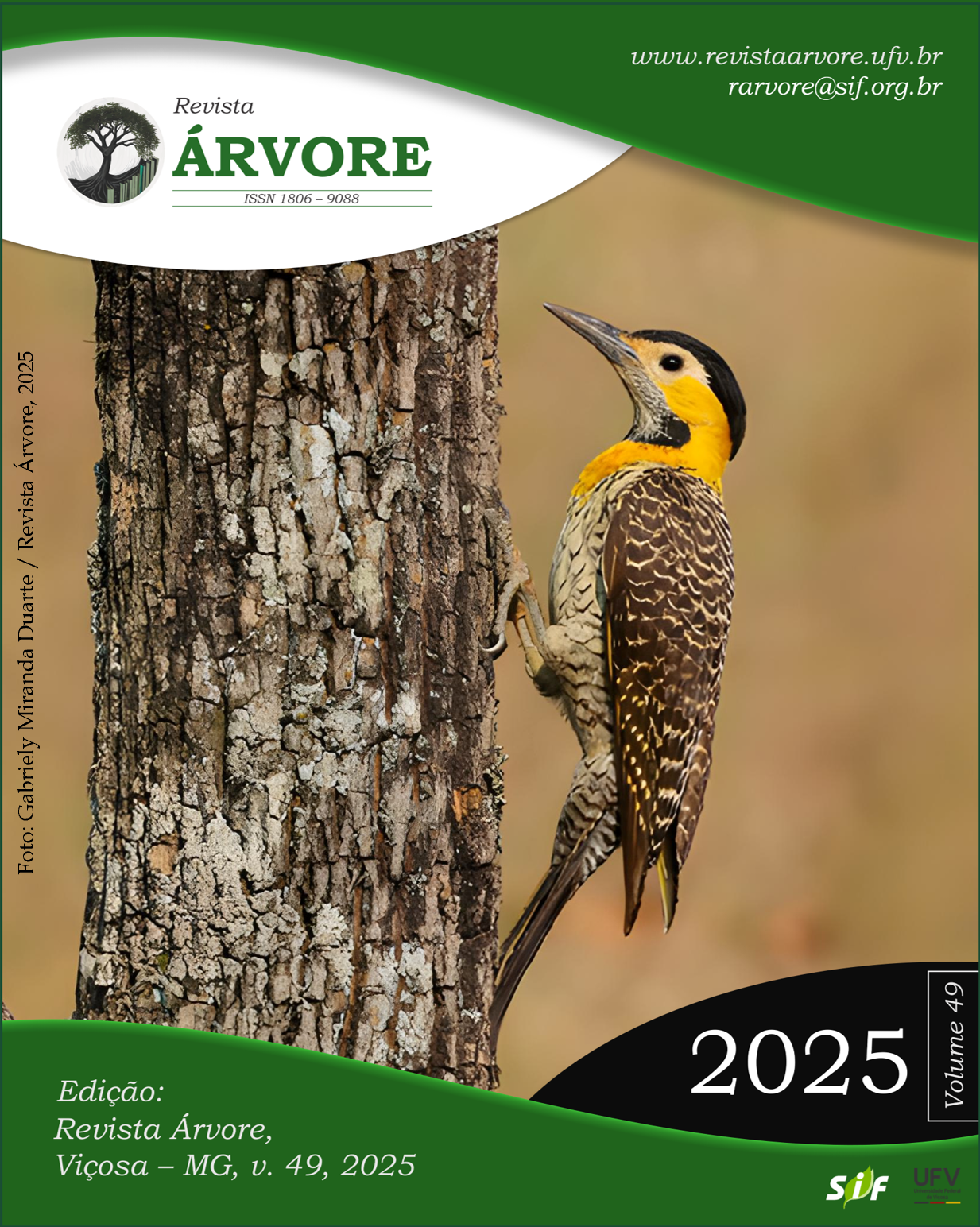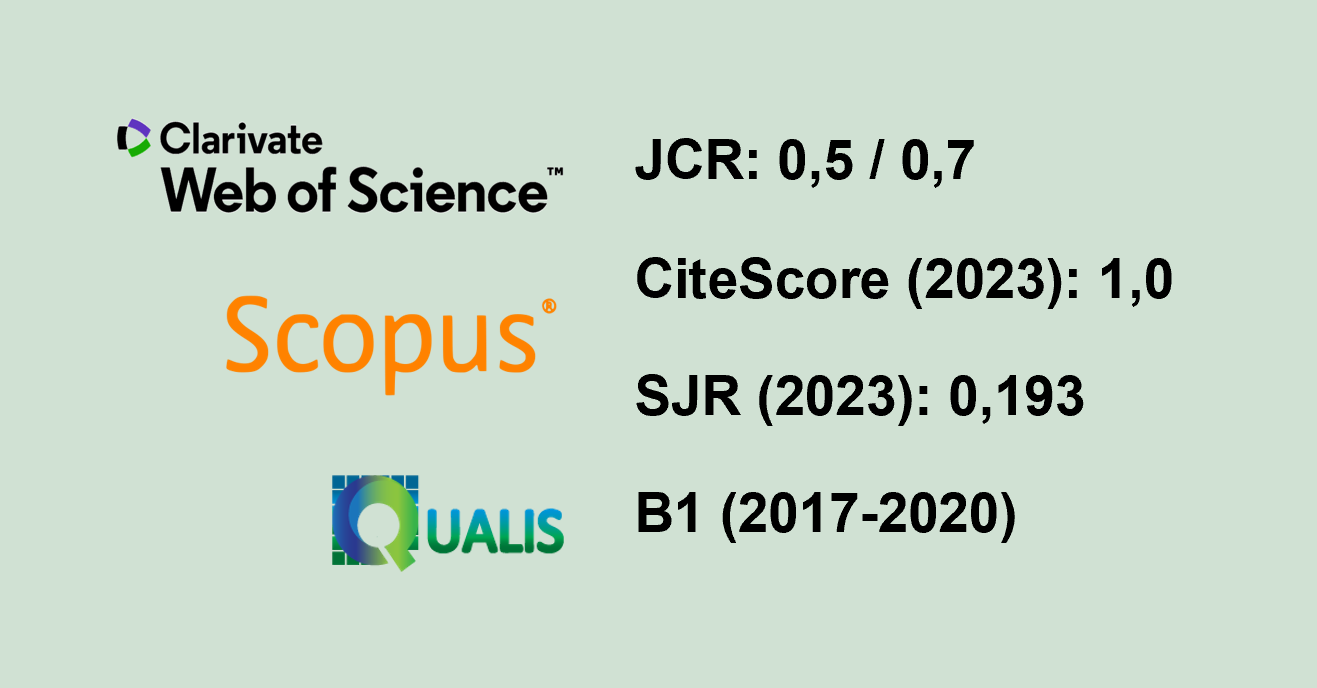Anatomy as a tool to understand the causes of seed failure: a study of crosses Eucalyptus species
DOI:
https://doi.org/10.53661/1806-9088202549263877Keywords:
Seed viability, Anatomical analysis, Controlled crossesAbstract
Seminal propagation of eucalypt plays a crucial role in breeding programs, serving internal consumption and commercial applications. This study aimed to develop a method for examining anatomical changes in seeds obtained from Eucalyptus crosses to elucidate the causes of seed viability loss and low seed production observed in certain mating pairs. Flower buds/fruits were collected from four different genetic materials (E. grandis, E. urophylla, E. urophylla × E. grandis, and self- pollinated E. urophylla). Crosses classified as good or poor seed producers were sampled at 15-day intervals from anthesis to maturity. After collection, samples were fixed in FAA50 solution (1:1:18 v/v formaldehyde, acetic acid, and 50% ethanol) and stored in 70% ethanol. Subsequently, the samples were subjected to six different preparation methods, involving standard procedures, combinations of high and/or low temperatures, seed softening substances, and vacuum treatment. Flower buds producing unformed seeds exhibited a functional ovary with reduced locules and increased lignification. Aditionally, unformed seeds were covered by thick integuments and displayed abnormal endosperm cells. In cases where the developing ovary was visible, highly lignified tissues with numerous sclereids were observed. By contrast, flower buds with lower lignification had ovaries with well-developed locules, containing seeds with a normal appearance, characterized by a single-layered integument and well-delimited nucleated endosperm cells. Also, self-pollinated materials produced a few seeds, some of which were unformed. Thus, we conclude that anatomical alterations, likely influenced by genetic factors, lead to incompatibility, resulting in limited seed production or the production of unformed seeds in certain Eucalyptus crosses.
Keywords: Seed viability; Anatomical analysis; Controlled crosses
Downloads
Published
How to Cite
Issue
Section
License
Copyright (c) 2025 Revista Árvore

This work is licensed under a Creative Commons Attribution 4.0 International License.
All authors agreed to submit the work to Revista Árvore and granted the exclusive license to publish the article. The authors affirm that it is an original work and has not been previously published elsewhere. The scientific content and opinions expressed in the article are the sole responsibility of the authors and reflect their opinions, not necessarily representing the opinions of the editorial board of Revista Árvore or of the Society of Forest Investigations (SIF).








